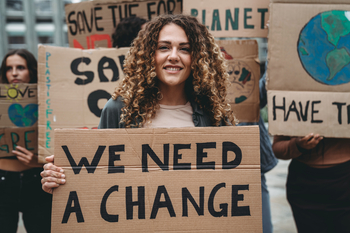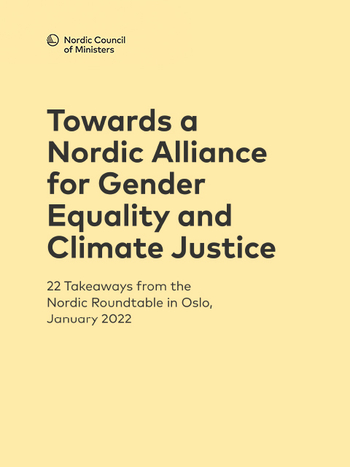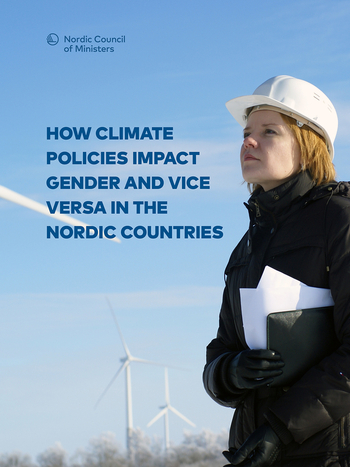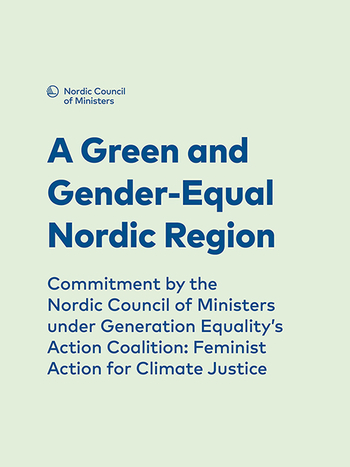How climate transition in the Nordic Region will be made gender-equal
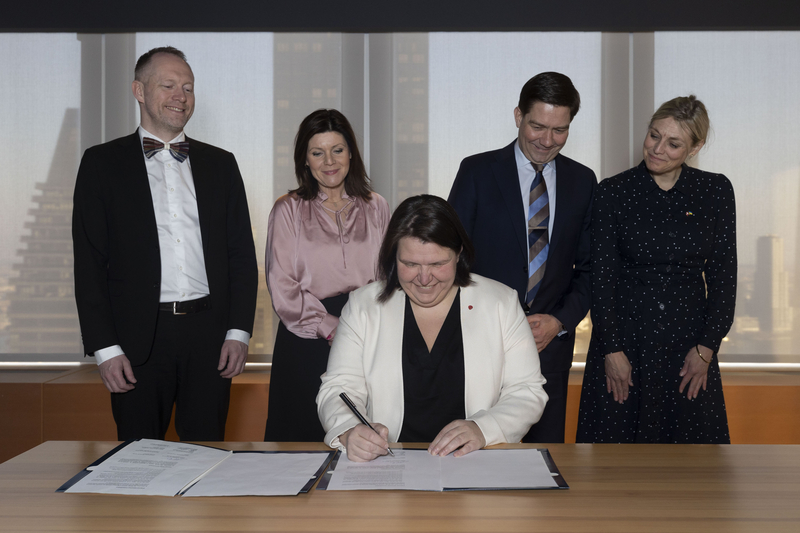
The Nordic ministers for gender equality are in New York at the UN Commission on the Status of Women, CSW66.
On Wednesday, they held a debate entitled “From Gender-Blind to Gender-Just: Time to Commit to the Nordic Climate Leadership”.
Gender-blind climate policy
In the course of the debate, the ministers tried to clarify why climate policy in the Nordic Region has so far mostly been gender-blind.
“The Nordic countries have come a long way when it comes to gender equality, and we’ve integrated the gender perspective in most policy areas. However, in our climate policies, we have the potential to improve. So far, we’ve not had enough focus on the interlinkage between gender and climate change,” said Anette Trettebergstuen, Norway’s Minister of Culture and Equality and host of the Nordic ministerial panel at CSW.
Do gender roles drive climate emissions and lifestyle?
The ministers committed to the development of knowledge and putting words into action. Among other things, the Nordic Region will establish facts about how men’s and women’s carbon dioxide emissions differ.
In order to develop policies that promote climate-friendly lifestyles, the Nordic countries need more knowledge about the different consumption patterns between men and women, as well as their readiness to change their habits for the sake of the climate, such as in relation to food and transport.
Gaps in the labour market mustn’t increase
A sizeable share of Nordic climate solutions is developed in industries where women are underrepresented. That’s why we need push even harder to get more women to study technology and science.
The ministers for gender equality also want to ensure that the green transition of energy, transport, construction, and food sectors won’t increase the existing gender gap in the labour market.
Too few women in climate negotiations
Pursuant to this commitment, the Nordic countries will also secure the influence of women in all aspects of climate change, from international negotiations to national policies.
The ministers’ commitment mentions the Arctic, where climate change is eroding traditional livelihoods and new industries are emerging, with different impacts on women and men.
With that in mind, measures to counteract climate change will also have different impacts on women and men, according to Naaja H. Nathanielsen, Greenland’s Minister of Finance, Minerals, Justice and Gender Equality:
Climate crisis widening the gender gap in the Arctic
“The climate crisis magnifies the structural inequality between men and women in Greenland. Both genders are affected by the climate crisis, but in different ways. In Greenland, men’s livelihoods are affected more than women’s. Women aren’t involved in fora where decisions are made about the future,” says Naaja H. Nathanielsen and continues:
“That’s why every effort to counteract climate change and find new sustainable solutions must include both men and women. Only through real inclusion and the use of our knowledge can we solve the climate crisis.”
“We’re counting on the Nordic Region”
The ministers for gender equality handed over their commitment to Sima Bahous, Executive Director of UN Women.
Sima Bahous challenged the Nordic countries to invest in gender-conscious solutions to the climate crisis, just as they once invested in pre-schools, parental leave, and equal rights in the labour market.
“We’re counting on your full support to help shape our common vision for gender equality and climate action. I call on both the public and the private sectors to increase their investments in gender-responsive climate solutions,” said Sima Bahous.
The ministers for gender equality are now returning home to secure further support for and co-operation towards their commitment.
